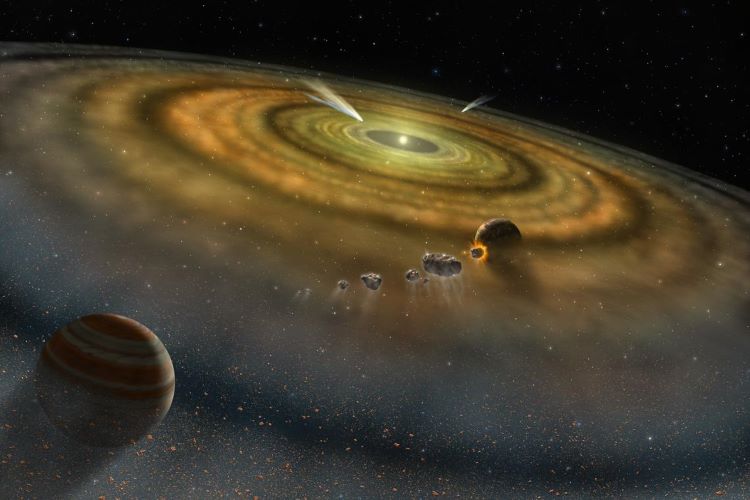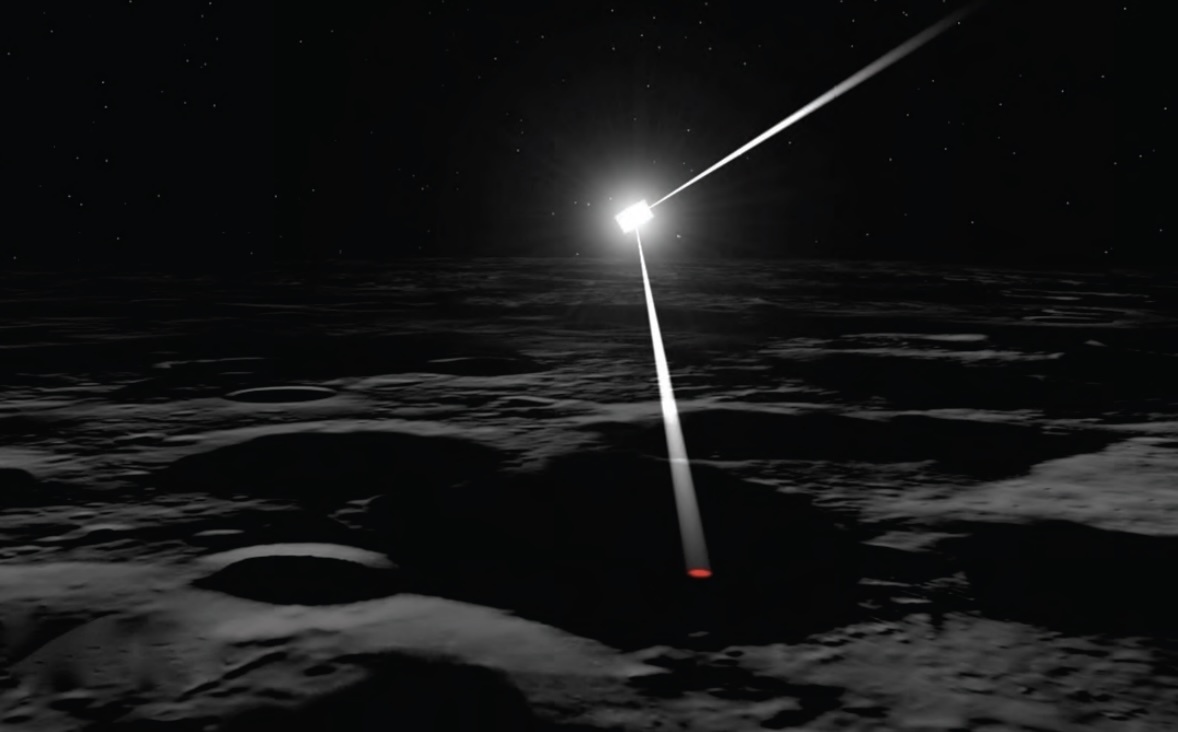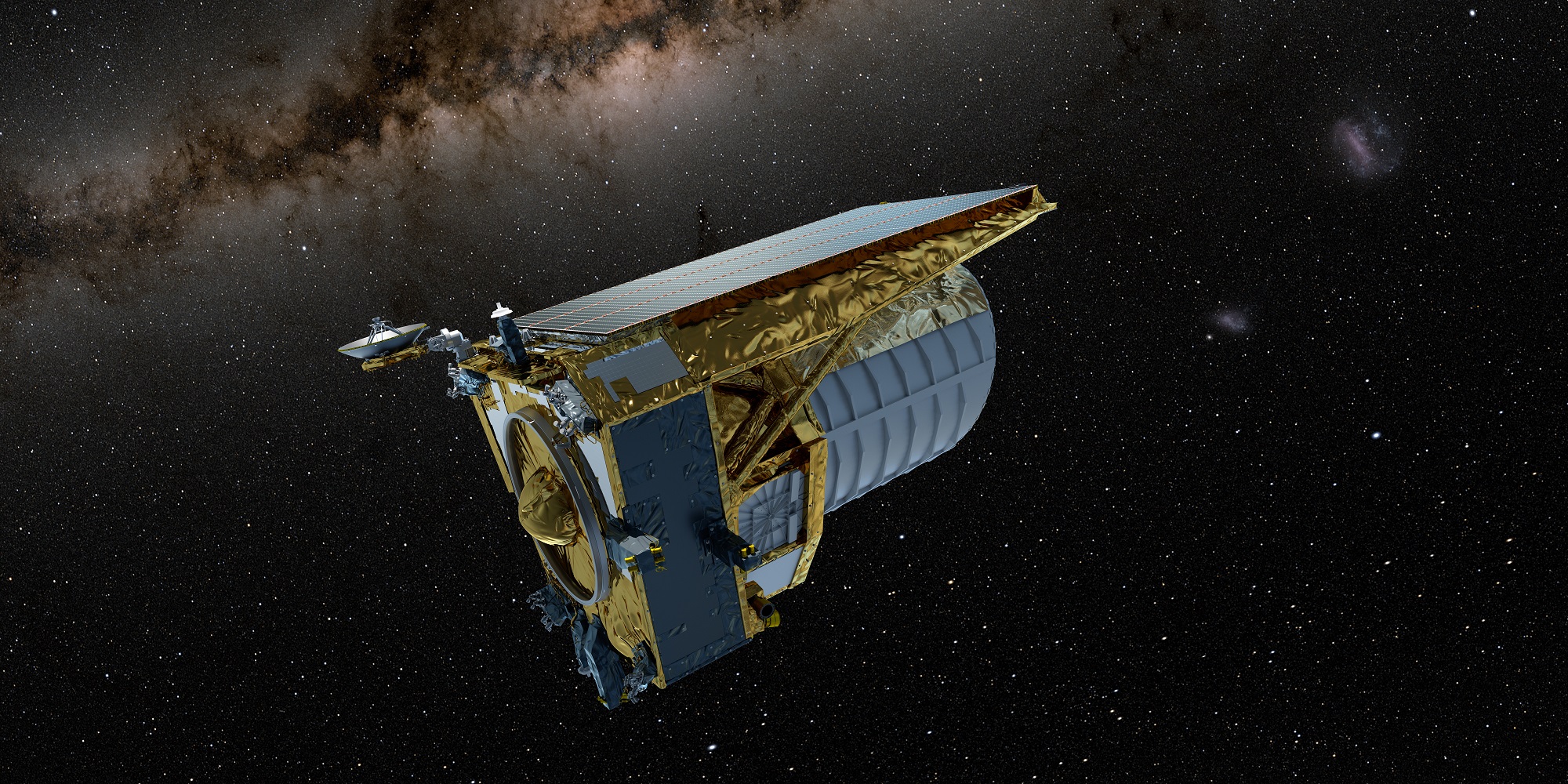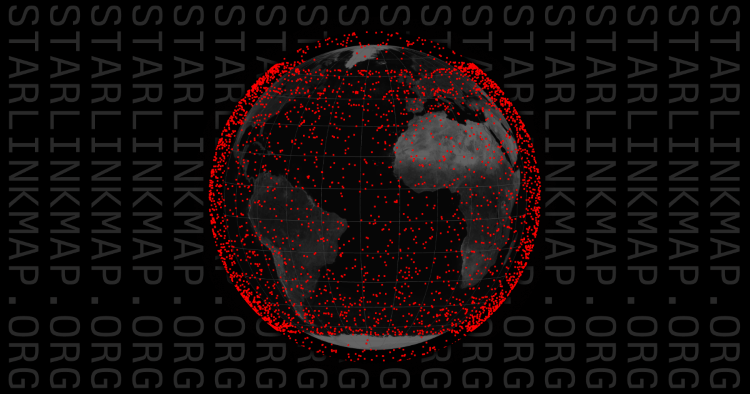Universe Today has had some fantastic discussions with researchers on the importance of studying impact craters, planetary surfaces, exoplanets, astrobiology, solar physics, comets, planetary atmospheres, and planetary geophysics, and how these diverse scientific fields can help researchers and the public better understand the search for life beyond Earth. Here, we will investigate the unique field of cosmochemistry and how it provides researchers with the knowledge pertaining to both our solar system and beyond, including the benefits and challenges, finding life beyond Earth, and suggestive paths for upcoming students who wish to pursue studying cosmochemistry. But what is cosmochemistry and why is it so important to study it?
Continue reading “Cosmochemistry: Why study it? What can it teach us about finding life beyond Earth?”Webb Finds Deep Space Alcohol and Chemicals in Newly Forming Planetary
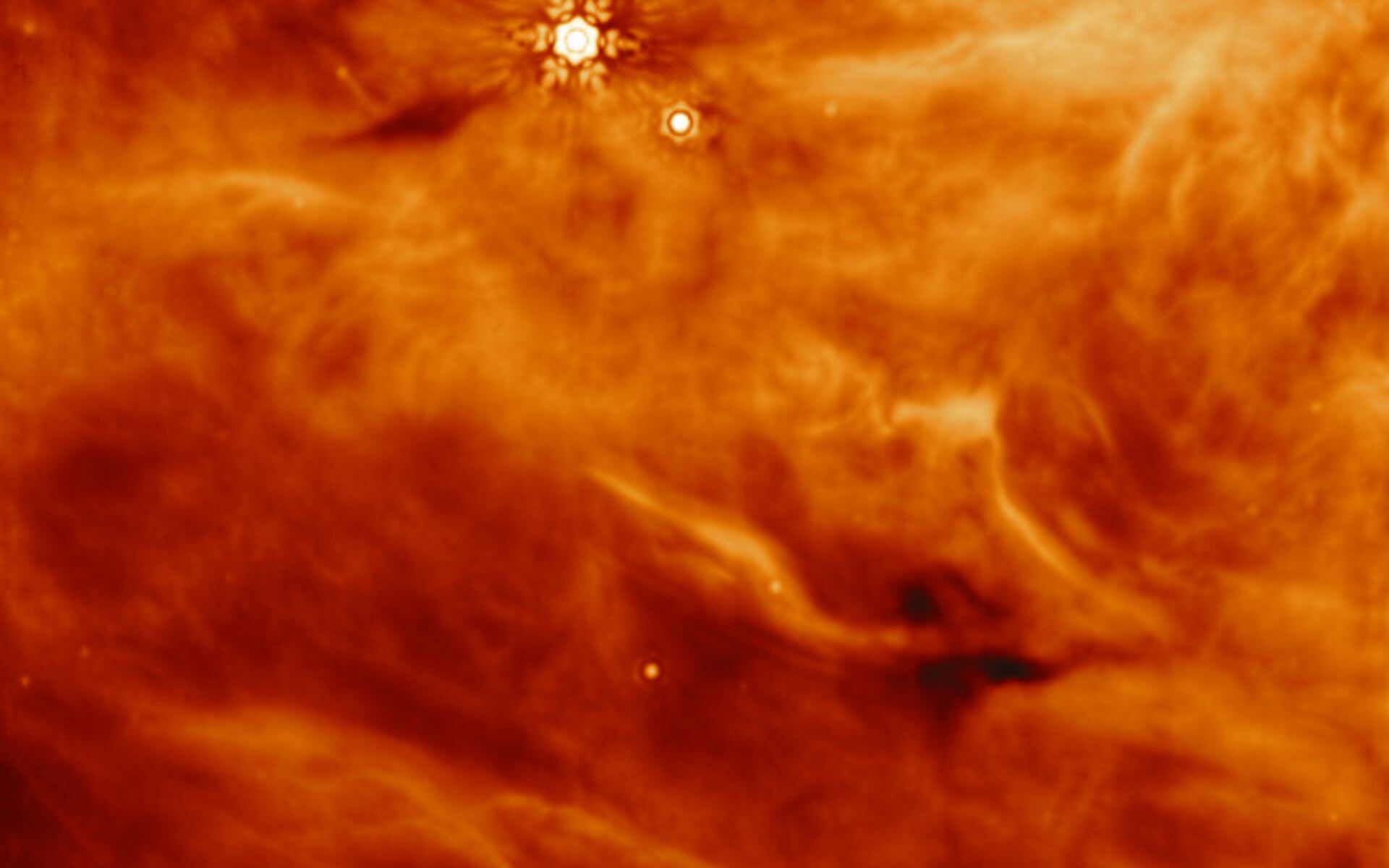
Since its launch in 2021, the James Webb Space Telescope (JWST) has made some amazing discoveries. Recent observations have found a number of key ingredients required for life in young proto-stars where planetary formation is imminent. Chemicals like methane, acetic acid and ethanol have been detected in interstellar ice. Previous telescopic observations have only hinted at their presence as a warm gas. Not only have they been detected but a team of scientists have synthesised some of them in a lab.
Continue reading “Webb Finds Deep Space Alcohol and Chemicals in Newly Forming Planetary “Mercury is the Perfect Destination for a Solar Sail
Solar sails rely upon pressure exerted by sunlight on large surfaces. Get the sail closer to the Sun and not surprisingly efficiency increases. A proposed new mission called Mercury Scout aims to take advantage of this to explore Mercury. The mission will map the Mercurian surface down to a resolution of 1 meter and, using the highly reflective sail surface to illuminate shadowed craters, could hunt for water deposits.
Continue reading “Mercury is the Perfect Destination for a Solar Sail”Phew, De-Icing Euclid’s Instruments Worked. It’s Seeing Better Now
From its vantage point at the Sun-Earth L2 point, the ESA’s Euclid spacecraft is measuring the redshift of galaxies with its sensitive instruments. Its first science images showed us what we can expect from the spacecraft. But the ESA noticed a problem.
Over time, less light was reaching the spacecraft’s instruments.
Continue reading “Phew, De-Icing Euclid’s Instruments Worked. It’s Seeing Better Now”New View Reveals Magnetic Fields Around Our Galaxy’s Giant Black Hole
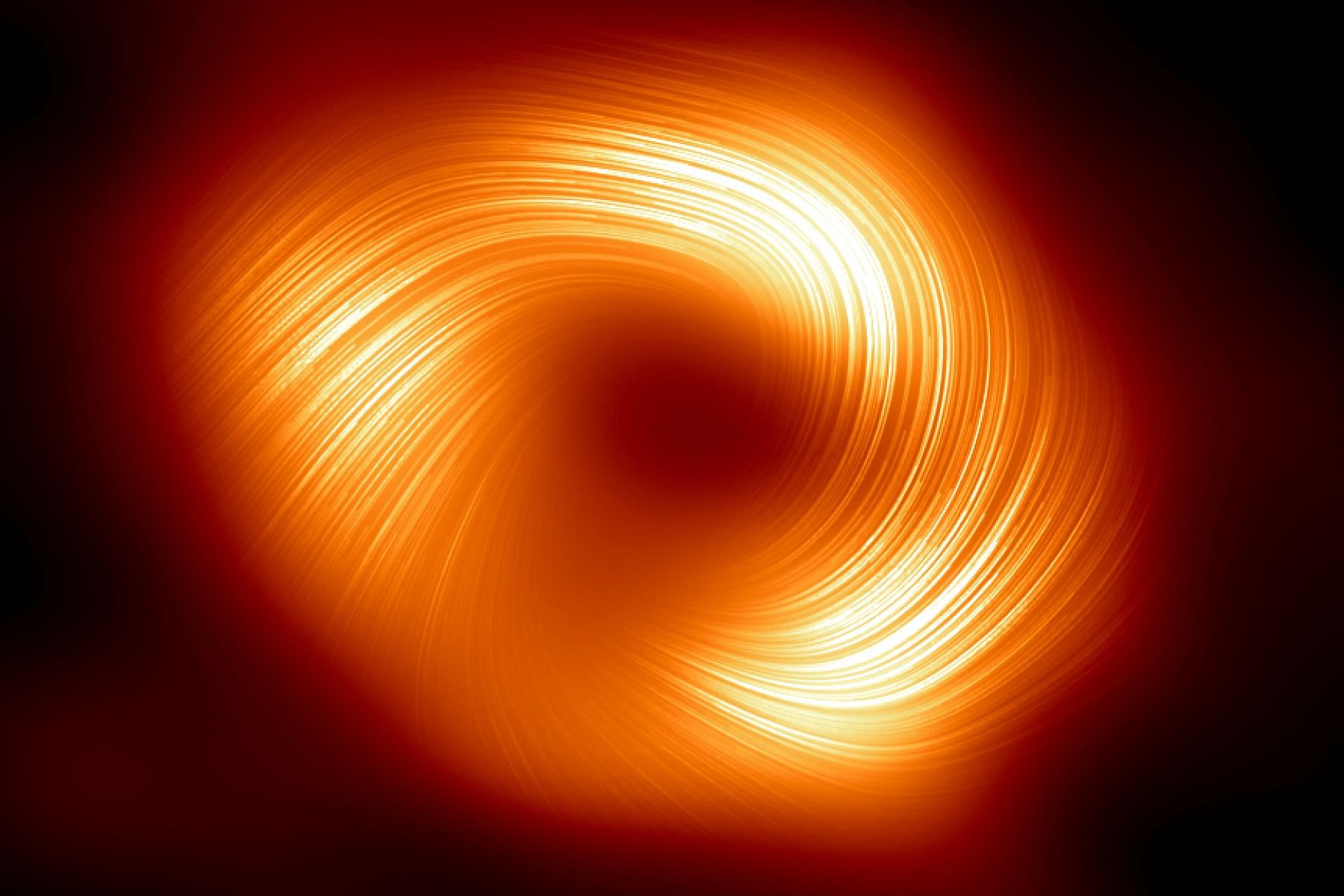
Fresh imagery from the Event Horizon Telescope traces the lines of powerful magnetic fields spiraling out from the edge of the supermassive black hole at the center of our Milky Way galaxy, and suggests that strong magnetism may be common to all supermassive black holes.
Continue reading “New View Reveals Magnetic Fields Around Our Galaxy’s Giant Black Hole”A Single Grain of Ice Could Hold Evidence of Life on Europa and Enceladus

The Solar System’s icy ocean moons are primary targets in our search for life. Missions to Europa and Enceladus will explore these moons from orbit, improving our understanding of them and their potential to support life. Both worlds emit plumes of water from their internal oceans, and the spacecraft sent to both worlds will examine those plumes and even sample them.
New research suggests that evidence of life in the moons’ oceans could be present in just a single grain of ice, and our spacecraft can detect it.
Continue reading “A Single Grain of Ice Could Hold Evidence of Life on Europa and Enceladus”NASA Reveals its Planetary Science Goals for Artemis III
If all goes well, NASA’s Artemis III mission will bring humans back to the Moon as early as 2026, the first time since the Apollo 17 crew departed in 1972. It won’t be a vacation, though, as astronauts have an enormous amount of science to do, especially in lunar geology. A team from NASA recently presented their planetary science goals and objectives for Artemis III surface activities, which will guide the fieldwork the astronauts will carry out on the lunar surface.
The Artemis III Geology Team presented their priorities at the Lunar and Planetary Science Conference in March 2024. In addition, NASA also announced their choices for the first science instruments that astronauts will deploy on the surface of the Moon during Artemis III.
Continue reading “NASA Reveals its Planetary Science Goals for Artemis III”Watch a Real-Time Map of Starlinks Orbiting Earth
In an effort to enhance the educational outreach of their Starlink constellation, there is an interactive global map of their Starlink internet satellites, which provides live coverage of every satellite in orbit around the Earth. This interactive map and information was produced by Will DePue, who is a an OpenAI programmer and openly states he is not affiliated with SpaceX or Starlink. This interactive map comes as SpaceX continues to launch Starlink satellites into orbit on a near-weekly basis with the goal of providing customers around the world with high-speed internet while specifically targeting rural regions of the globe. In 2022, Starlink officially reached all seven continents after Starlink service became available in Antarctica. Additionally, SpaceX announced in 2023 a partnership with T-Mobile for Starlink to provide mobile coverage, as well.
Continue reading “Watch a Real-Time Map of Starlinks Orbiting Earth”In a Distant Solar System, the JWST Sees the End of Planet Formation
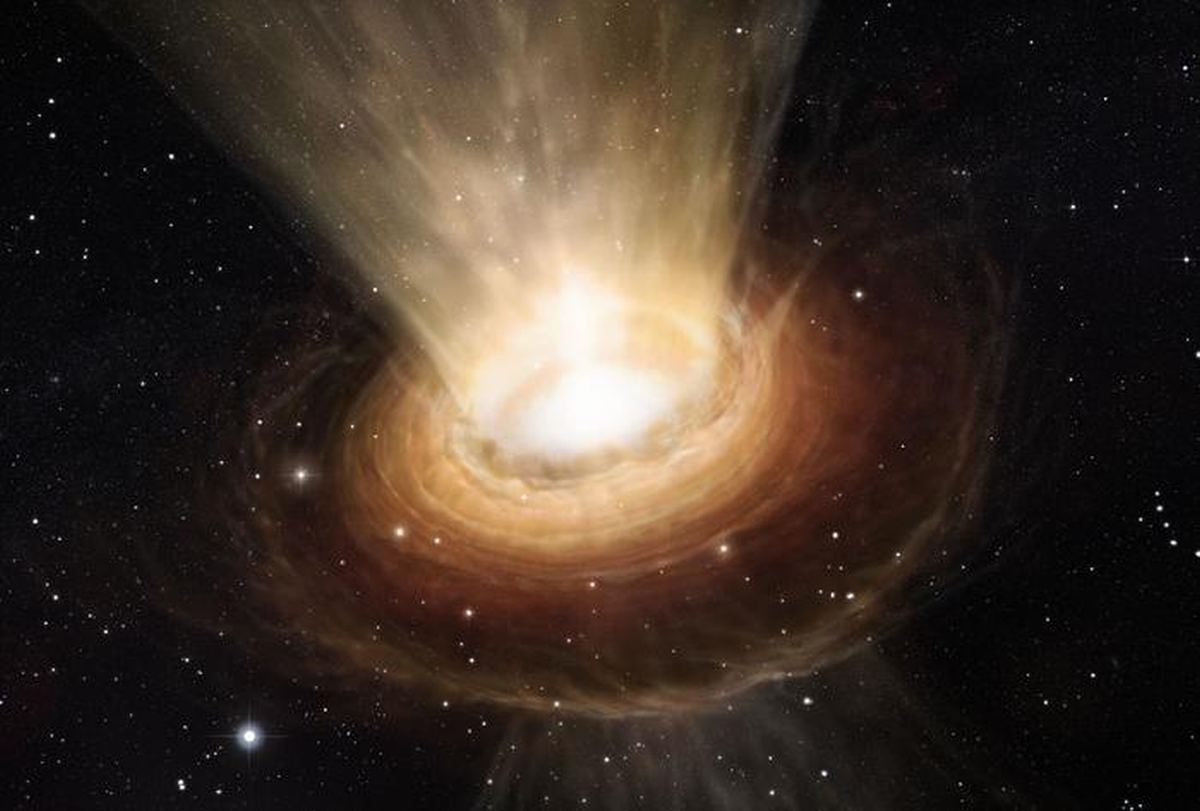
Every time a star forms, it represents an explosion of possibilities. Not for the star itself; its fate is governed by its mass. The possibilities it signifies are in the planets that form around it. Will some be rocky? Will they be in the habitable zone? Will there be life on any of the planets one day?
There’s a point in every solar system’s development when it can no longer form planets. No more planets can form because there’s no more gas and dust available, and the expanding planetary possibilities are truncated. But the total mass of a solar system’s planets never adds up to the total mass of gas and dust available around the young star.
What happens to the mass, and why can’t more planets form?
Continue reading “In a Distant Solar System, the JWST Sees the End of Planet Formation”Europe Has Big Plans for Saturn’s Moon Enceladus
Saturn’s moon, Enceladus, is a gleaming beacon that captivates our intellectual curiosity. Its clean, icy surface makes it one of the most reflective objects in the entire Solar System. But it’s what’s below that ice that really gets scientists excited.
Under its icy shell is an ocean of warm, salty water, and the ESA says investigating the moon should be a top priority.
Continue reading “Europe Has Big Plans for Saturn’s Moon Enceladus”
